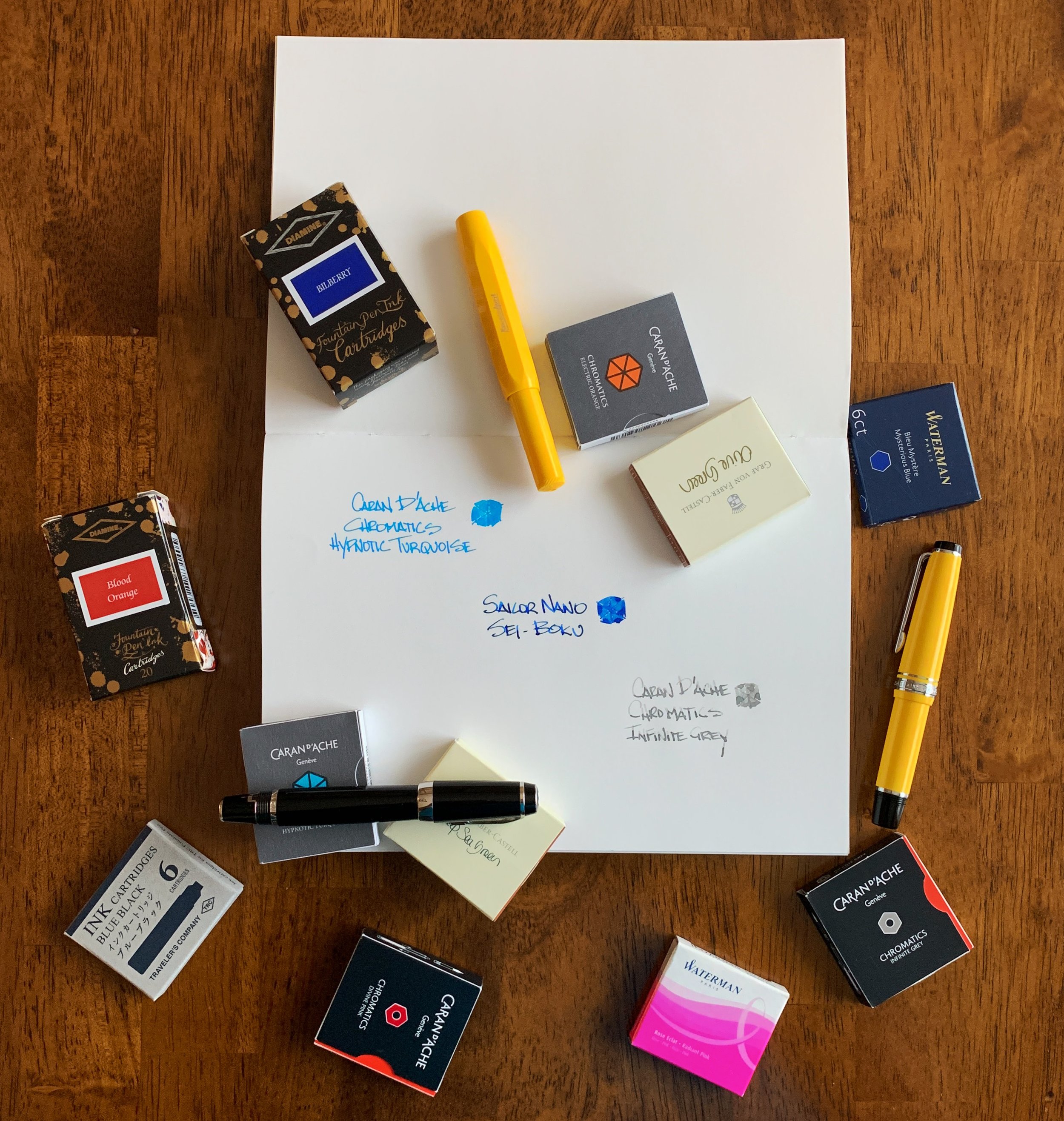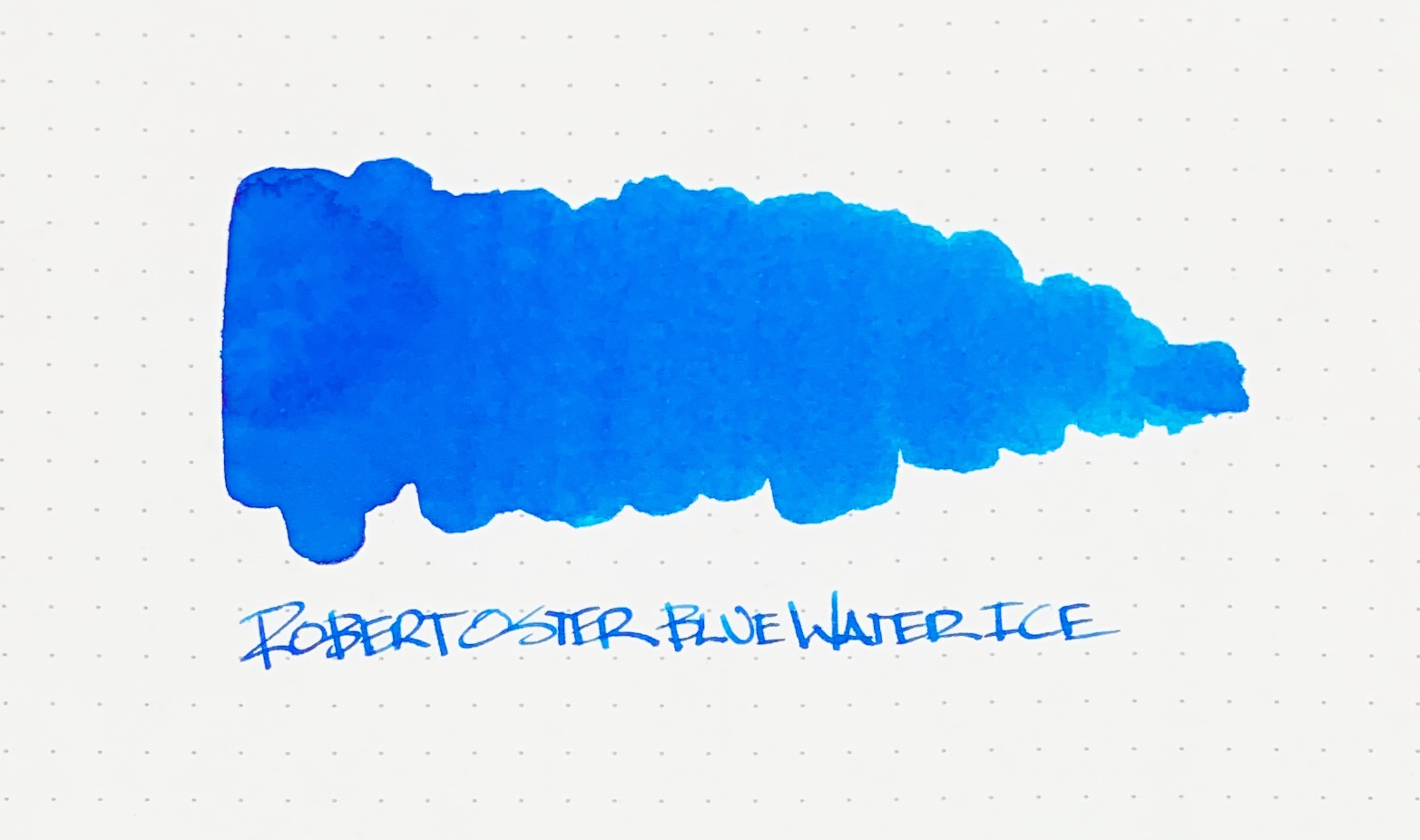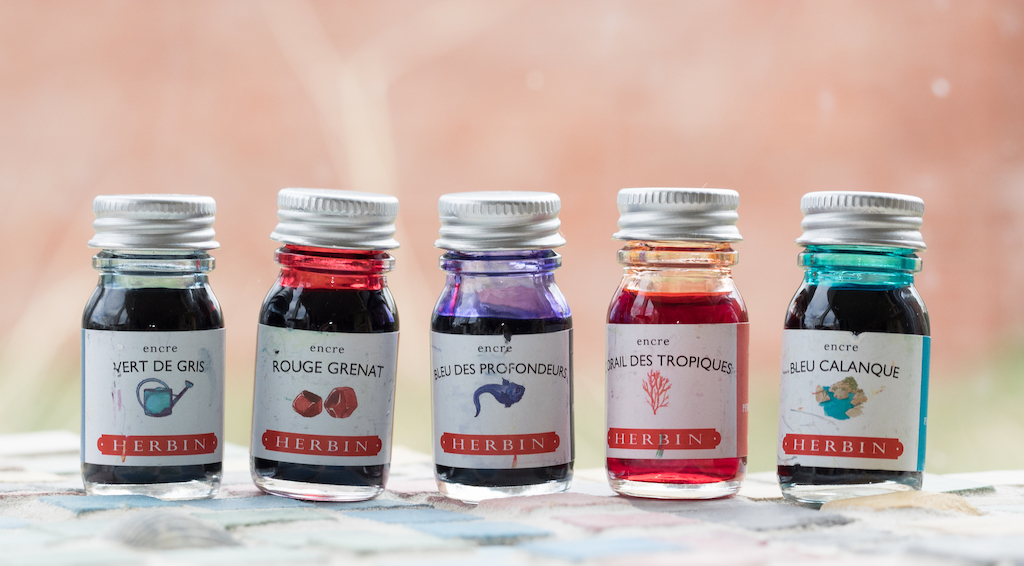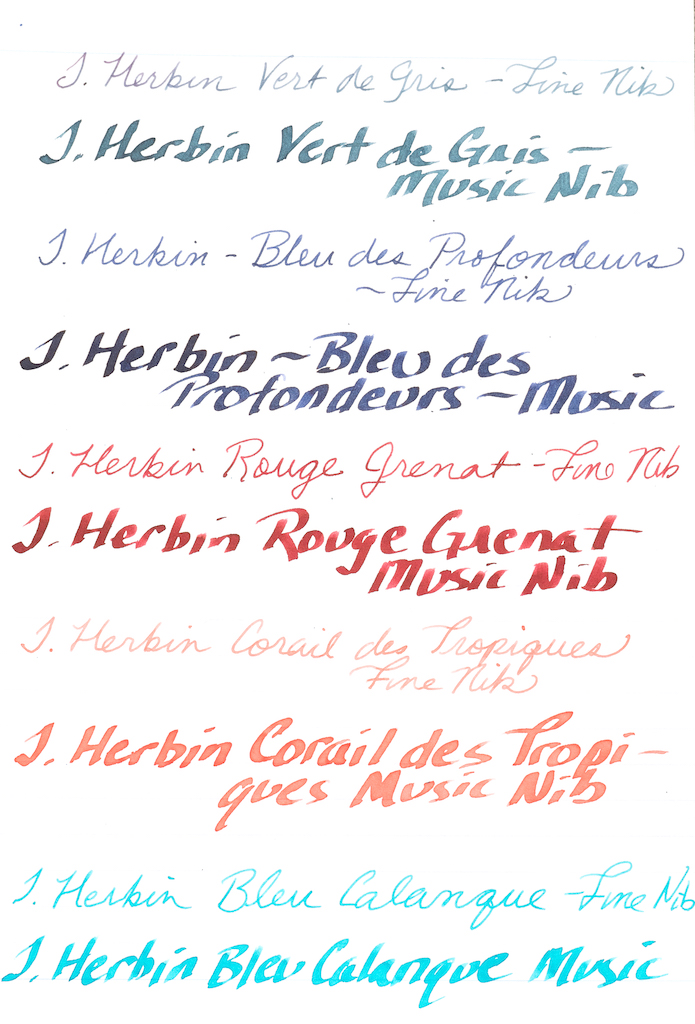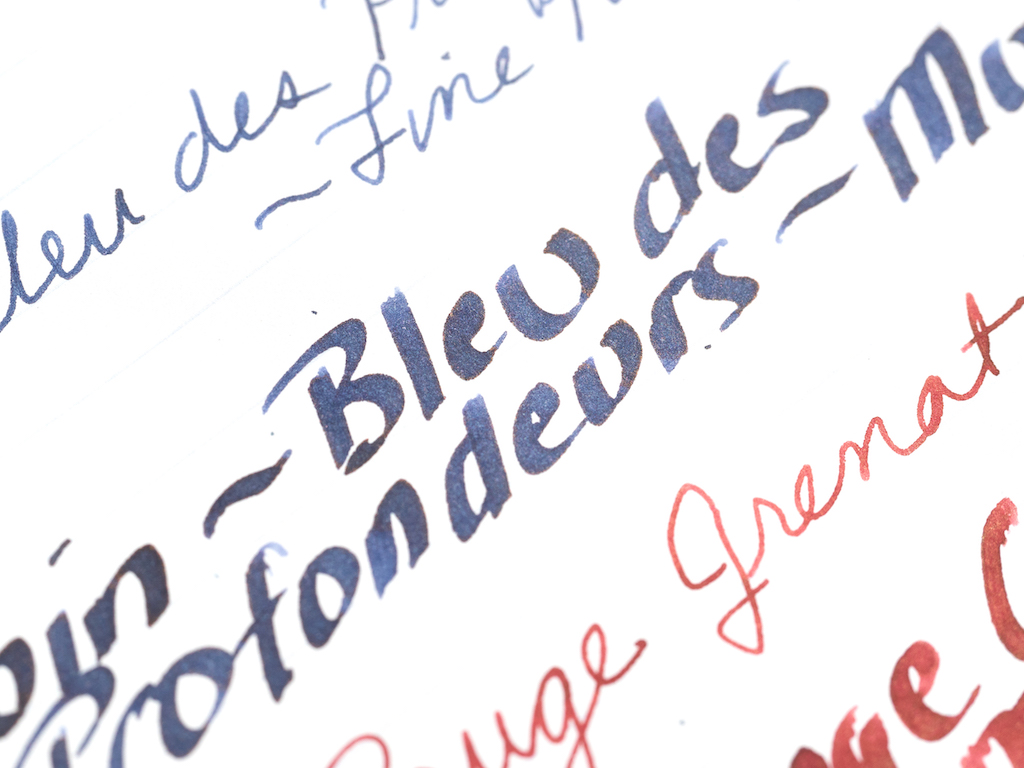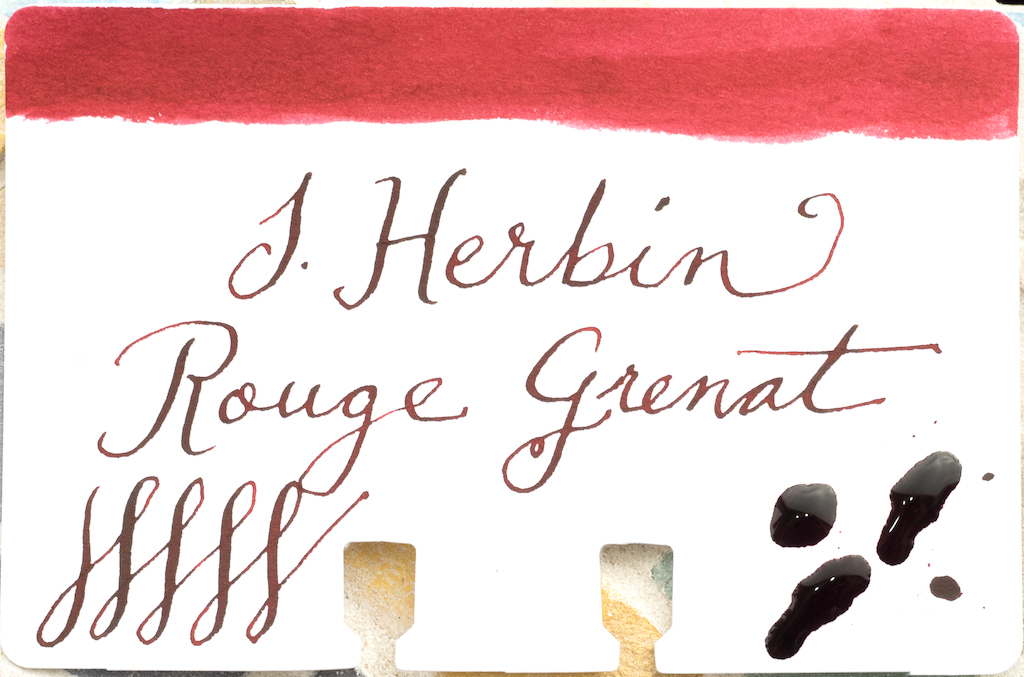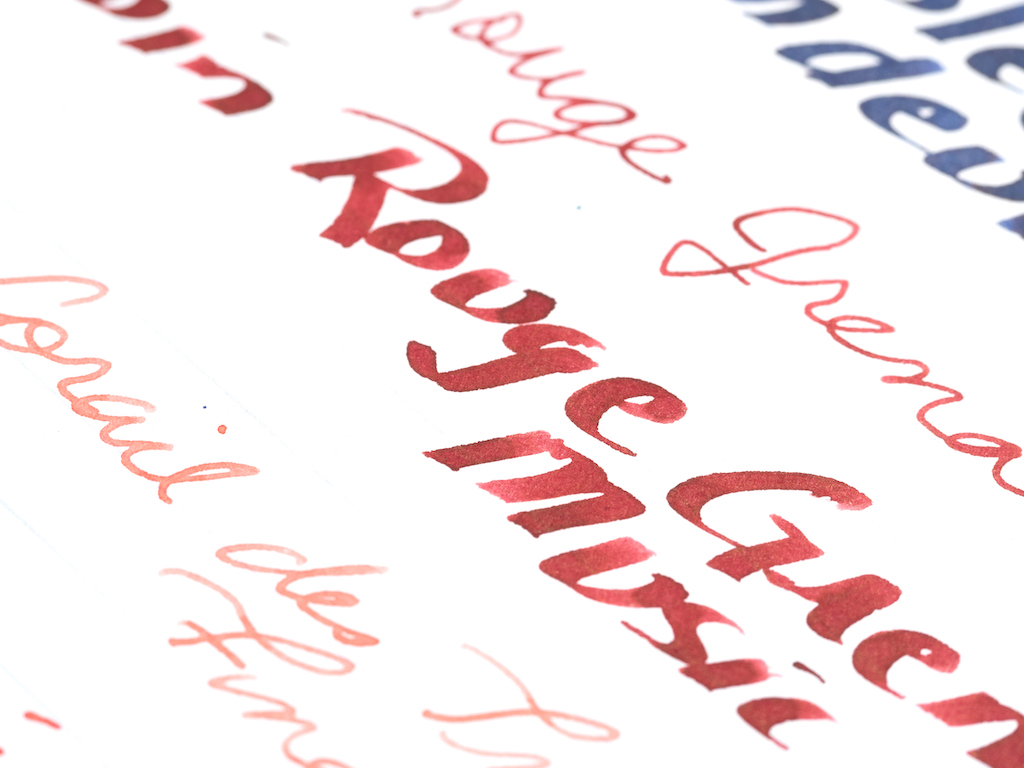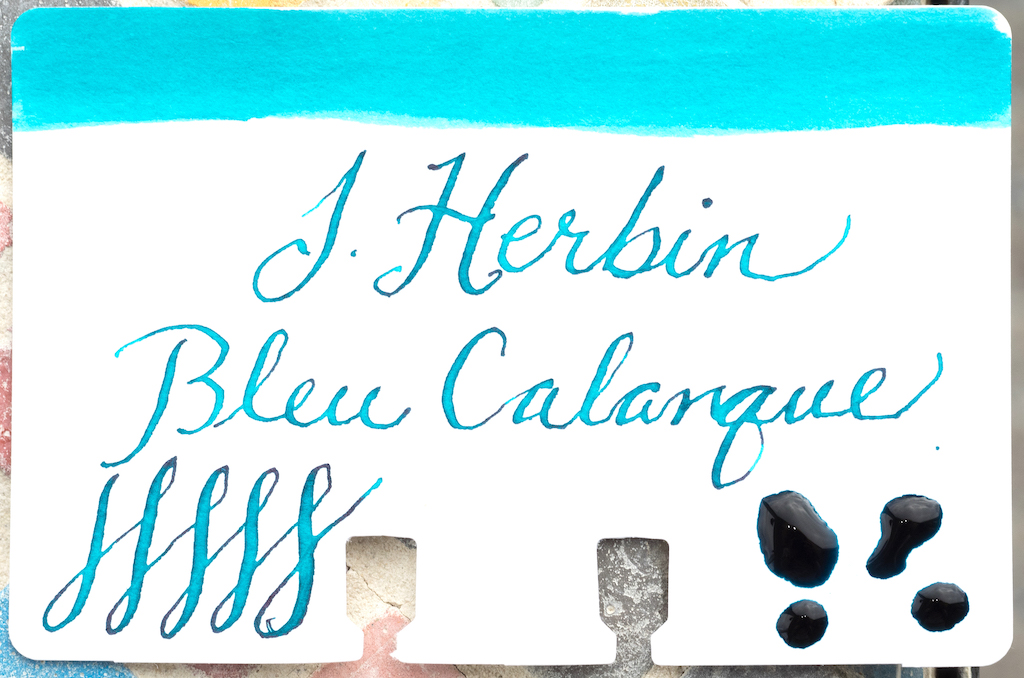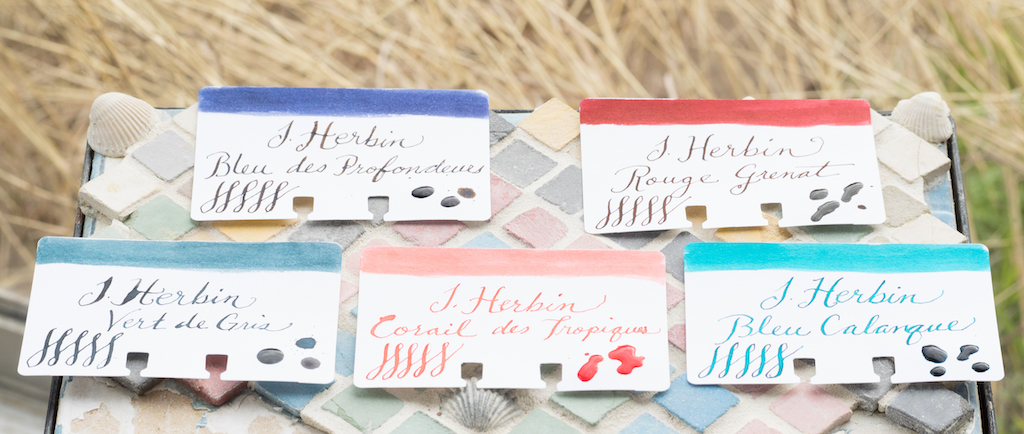I’m not one to shy away from yet another experiment, and this time around it is fountain pen ink cartridges. Specifically, short international fountain pen ink cartridges. As you know, I’m a fan of small, or pocket-sized, fountain pens, and using an ink cartridge in them is more often than not the best solution.
Either I haven’t been paying enough attention, or the ink cartridge market has exploded over the past several years. Maybe in response to the popularity of smaller fountain pens? Whatever the reason, I approve, and I’m going to be testing a bunch out.
With that in mind, do you have a go-to fountain pen ink cartridge? I’ve stuck to the basics over the years, but the options are wide and varied these days, and I want to explore. I’m off to a good start as you can see above, but tell me your favorites in the comments below, or hit me up on Twitter.

